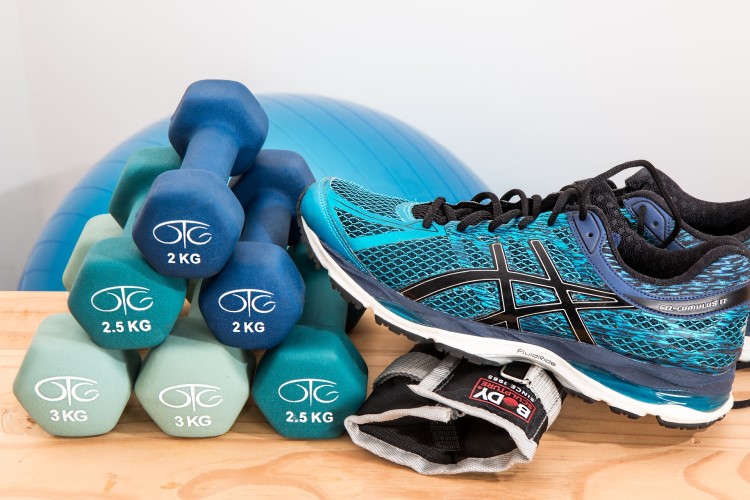
1. Avoid lifting heavy objects, moving furniture, etc., during your first week of care or until you’re out of pain.
2. If you absolutely refuse to skip the gym, do some light cardio or bodyweight exercise rather than lift weights. If you’re in pain, however, rest is your best option.
3. Avoid overhead work such as painting, wallpapering, etc.
4. Avoid bending forward to touch your toes or put on your shoes. Also avoid twisting at the waist.
5. Don’t attempt to stretch tight spinal muscles. They are protecting the nerves and joints and will relax naturally when your spine is moving better.
6. Never use heat on your spine unless you ask me first. Doing so can increase inflammation and recovery time. Use ice only!
7. Cross your legs at the ankles, not your knees.
8. Never sleep on your stomach. Lying on your side with your knees pulled up is best.
9. Never use your head as a lever in bed.
10. Make sure your pillow keeps your neck straight. Don’t allow your neck to be “cranked” while lying down.
11. To get out of bed or up from the couch, turn on your side, push yourself up with your arms, and lower your legs to the floor.
12. Avoid standing for long periods. If it can’t be avoided, place one foot on a stool or other support to lessen the stress on lumbar discs.
13. When you’re feeling better, do 10-15 minutes of yoga every day. See the links below.
14. Ladies, if at all possible, wear shoes with low to moderate heel height. High heels force your hips forward and place added stress on lumbar discs.
15. Avoid “cracking” yourself at all costs. This is not the same thing as an adjustment. You can do serious harm to ligaments and discs if you don’t know the direction of your spinal misalignments and how to correct them.
16. Listen to your body. Avoid anything that causes or increases discomfort.
Yoga Stretches I Recommend
1. Yoga for spinal health and mobility.
2. Yoga for the neck and shoulders.
3. Yoga for the lower back.
Next Article: What You Can Expect After Your First Adjustment
